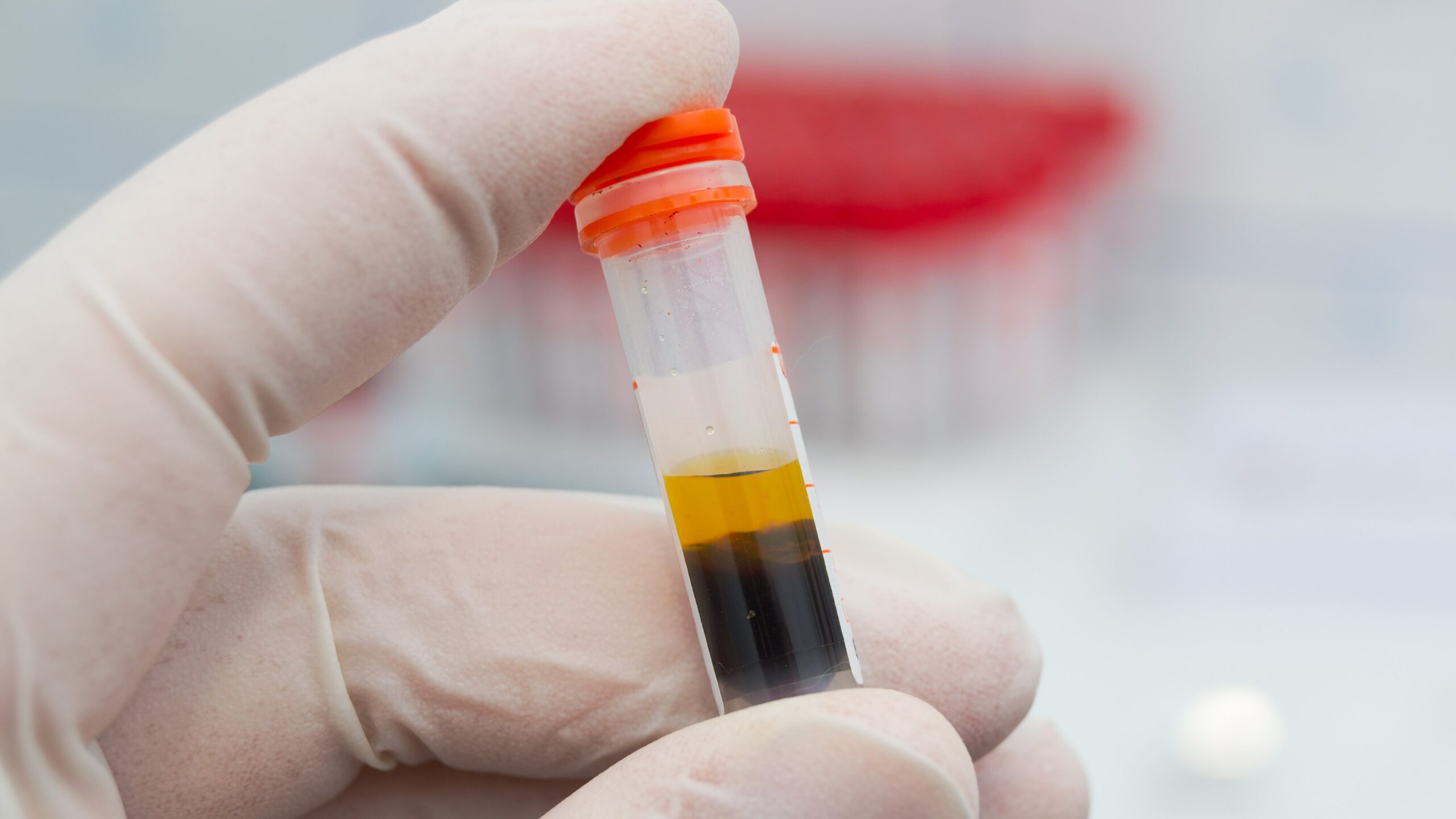
Patients with autosomal dominant polycystic kidney disease (ADPKD), a common genetic kidney disorder, often experience kidney failure. Tolvaptan, a vasopressin V2 antagonist, has been shown to delay the increase in total kidney volume (TKV) and decline in kidney function compared with placebo. At present, tolvaptan is the only widely used and effective specific treatment for patients with ADPKD. In 2014, tolvaptan was approved in Japan for the treatment of patients with progressive ADPKD with TKV greater than 750 mL and an annual increase in TKV of more than 5%.
Results of trials of dapagliflozin and empagliflozin, sodium-glucose cotransporter-2 (SGLT2) inhibitors, have shown improvements in composite outcomes of progression of kidney disease and kidney failure with or without kidney replacement therapy. However, those trials excluded patients with ADPKD.
Researchers in Japan, led by Kiyotaka Uchiyama, MD, PhD, recently conducted an open-label, randomized controlled crossover trial to examine the additive effects of dapagliflozin in patients with ADPKD being treated with tolvaptan. Results were reported in Kidney International Reports.
Patients were randomly assigned 1:1 to receive either dapagliflozin 10 mg or usual care without dapagliflozin for 6 months. Linear regression was used to determine the primary end point of interest, the slope of estimated glomerular filtration rate (eGFR), from 1 to 6 months. The researchers calculated eGFR based on creatinine levels (eGFRcr), cystatin C levels (eGFRcys), and the mean of eGFRcr and eGFRcys (eGFRcr-cys). Secondary end points included changes in TKV, plasma vasopressin levels, and other anthropometric and serum parameters.
Of 50 patients with ADPKD who were treated with tolvaptan for more than 3 months and underwent eligibility assessment, 42 met the inclusion criteria. Of those, 30 agreed to participate in the study. The 30 participants were randomized to receive dapagliflozin first (group 1, n=15) or usual care without dapagliflozin (group 2, n=15). Two patients in group 1 and 1 patient in group 2 were lost to follow-up, resulting in a final study cohort of 27 patients (13 in group 1 and 14 in group 2). Of those 27 patients, 1 in each group did not collect 24-hour urine samples; parameters measured from 24-hour urine samples were based on samples obtained from 25 patients (12 in group 1 and 13 in group 2). The median rate of adherence to dapagliflozin treatment was 100%.
There were no significant differences between the 2 groups in baseline characteristics, with the exception of TKV and height-adjusted TKV (in milliliters per meter), which tended to be higher in group 1 than in group 2 (1,414 vs 1,012; P=0.08 and 822 vs 624; P=0.07, respectively).
Compared with the trial without dapagliflozin, the slopes of eGFRcr-cys and eGFRcyc were significantly more moderate during the trial with dapagliflozin (2.57±7.88 mL/min/1.73 m2 per year vs –5.65±9.57 mL/min/1.73 m2 per year; P=0.002 and 3.91±11.40 mL/min/1.73 m2 per year vs –8.34±13.44 mL/min/1.73 m2 per year; P=0.003, respectively). The eGFRcr slope tended to be more moderate during the trial with dapagliflozin than during the trial without dapagliflozin (1.03±10.78 mL/min/1.73 m2 per year vs –3.66±8.88 mL/min/1.73 m2 per year; P=0.06).
During the trial with dapagliflozin, the 6-month change in TKV was significantly attenuated compared with the 6-month change in TKV during the trial without dapagliflozin (–0.44%±4.91% vs 5.04%±8.09%; P=0.01). Carryover and order effects were negligible for the TKV change (P=0.39 and P=0.27, respectively); the treatment effect persisted after this adjustment (P=0.02). Change in body weight was significantly smaller during the dapagliflozin trial than during the trial without dapagliflozin (–0.69±1.42 kg vs 0.56±1.49 kg; P=0.01).
The 6-month plasma vasopressin level was significantly higher during the trial with dapagliflozin than during the trial without dapagliflozin (4.52±2.02 pg/mL vs 3.58±1.72 pg/mL; P=0.002). The 2 trials were similar in urinary volume (4,472±1,389 mL vs 4,328±1,299 mL; P=0.51); however, urinary osmolarity tended to be higher during the trial with dapagliflozin than during the trial without dapagliflozin (184.4±51.1 mOsm vs 165.3±47.9 mOsm; P=0.05).
Although systolic blood pressure was significantly lower at 6 months during the trial with dapagliflozin than during the trial without dapagliflozin (123.0±13.1 mm Hg vs 128.4±10.1 mm Hg; P=0.04) and pulse pressure tended to be lower during the trial with dapagliflozin (41.1±9.2 mm Hg vs 44.3±8.6 mm Hg; P=0.08), there were no significant differences in diastolic blood pressure and mean blood pressure between the trials. There were also no significant differences in urine albumin and liver-type fatty acid–binding protein between the 2 trials.
The authors cited some limitations to the study findings, including the pilot trial design and the small cohort size and short follow-up period. The crossover design may have introduced other limitations such as order and carryover effects. The open-label design may have resulted in observer bias or placebo effects. The imbalance in TKV or height-adjusted TKV between the groups, while not significant, may have affected the results in eGFR slope and change in TKV. Finally, although the dose of tolvaptan was maintained during the trial, doses of other medications, including antihypertensives, were adjusted by treating physicians, possibly having an influence on the effect of dapagliflozin on participant outcomes.
In conclusion the researchers said, “To the best of our knowledge, this is the first RCT [randomized controlled trial] to demonstrate the potential beneficial effects of dapagliflozin, an SGLT2 inhibitor, on the attenuation of ADPKD progression without compromising the tolerability of tolvaptan in patients with ADPKD. However, our results should be interpreted with caution given the aforementioned limitations.
“Notably, the results of this trial showed the additive efficacy and safety of dapagliflozin alone as cotherapy with tolvaptan. However, this trial did not evaluate the efficacy of dapagliflozin as monotherapy for ADPKD. Therefore, future parallel RCTs with larger sample sizes and longer-follow-up periods are warranted to definitively demonstrate the effect of dapagliflozin on disease outcomes in patients with ADPKD receiving tolvaptan.”
Source: Kidney International Reports







 © 2025 Mashup Media, LLC, a Formedics Property. All Rights Reserved.
© 2025 Mashup Media, LLC, a Formedics Property. All Rights Reserved.